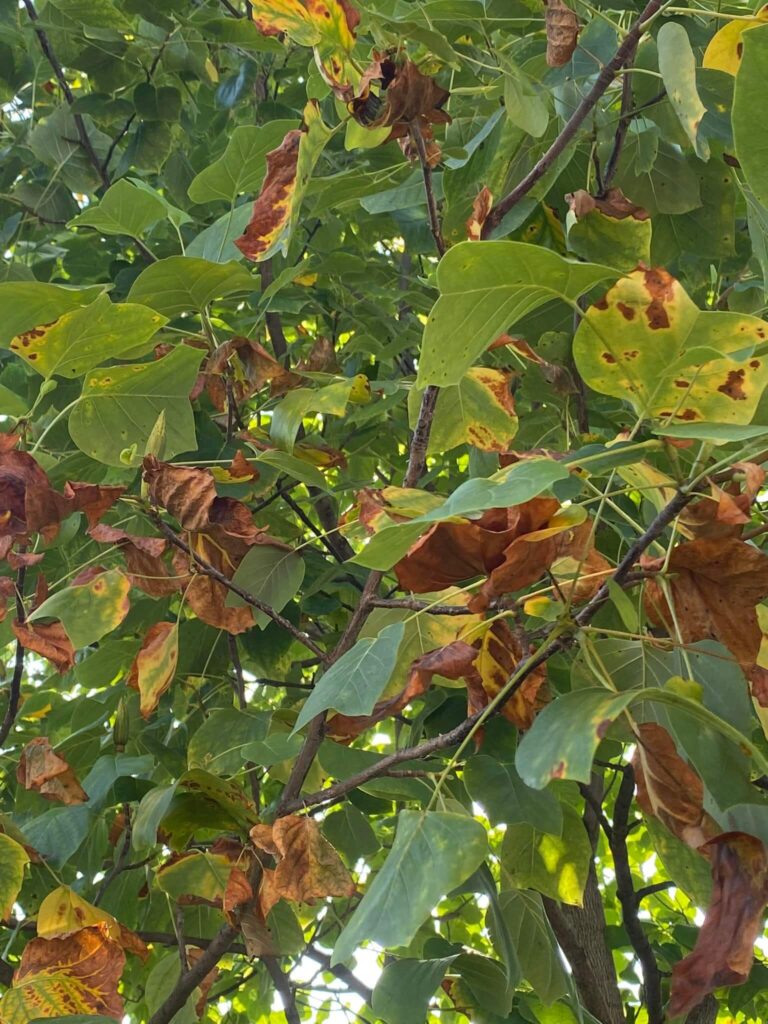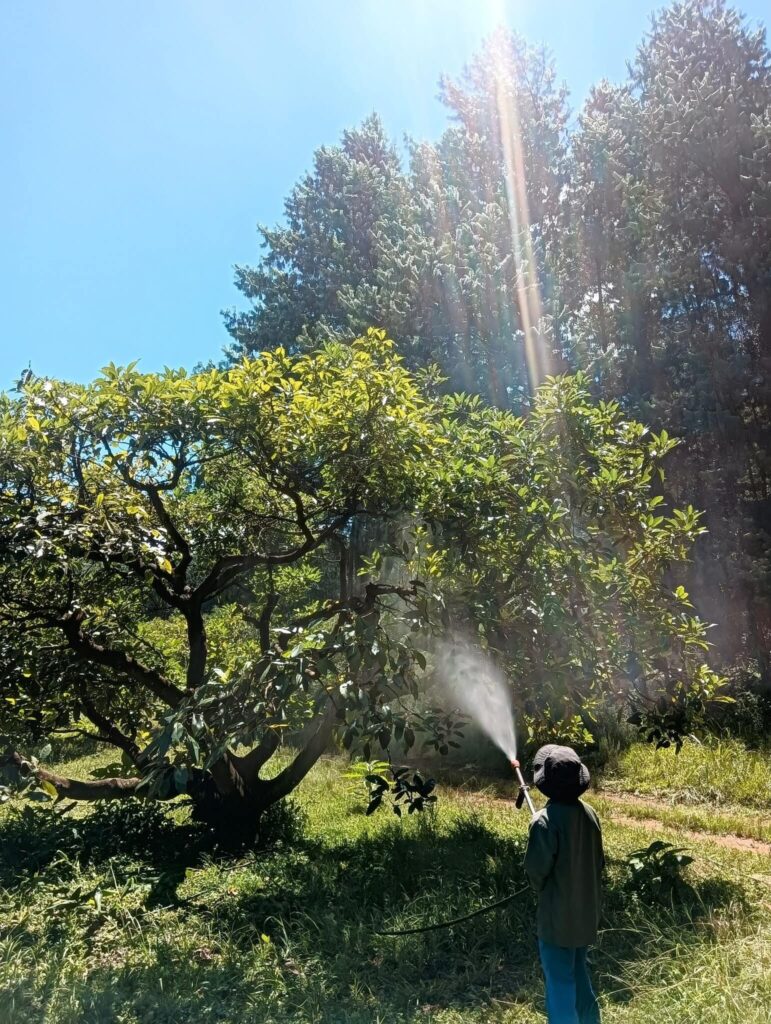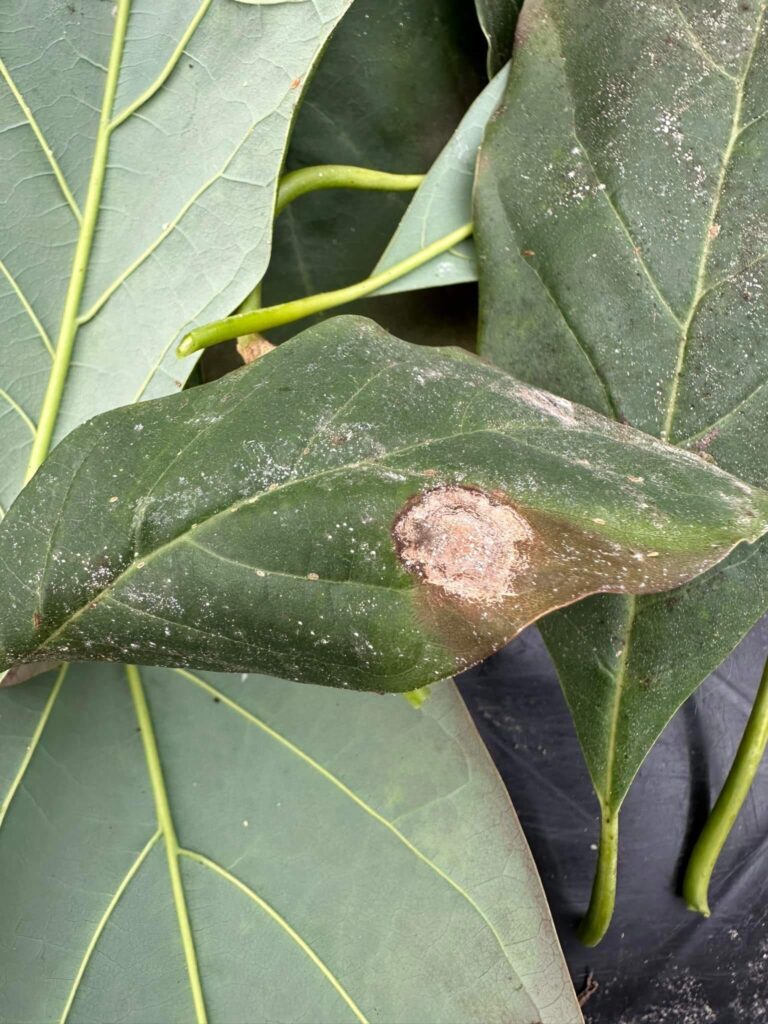As a farmer, you probably know the importance of protecting your crops from various threats, including fungal diseases. For this reason, fungicides are the most popular approach to manage and prevent these diseases to protect crops and plants. However, the timing of fungicide application can impact its effectiveness.
I will guide you through the factors that affect fungicide efficacy, such as weather conditions, targeted fungal disease, plant sensitivity, and fungicide formulation. We will focus on the best time to spray fungicide and how to make it really effective.
Importance of timing for effective fungicide application

To control fungal diseases, the timing of fungicide applications is crucial. If you get the right time, you can shorten fungal growth and spread, and reduce the number of sprays.
It all depends on the life cycle of fungi, and it’s important to target them during their most vulnerable stages.
Also, weather conditions should be considered when deciding the ideal time to apply fungicides. Factors such as humidity levels, the presence of dew, and dry weather can increase disease pressure. And remember that failure to observe proper timing may reduce efficacy and promote resistance to fungal populations.
Best Time to Spray Fungicide

Morning Applications
Morning applications are usually the most recommended. This is because the morning dew helps the fungicide to stick to the leaves and penetrate the plant tissue. The temperature is also low, reducing evaporation and maximizing absorption into the plant.
Morning hours, between 7:00 a.m. and 10:00 a.m., are usually the best time to spray. During this time, temperatures are usually cooler, and wind speeds tend to be lower. These conditions allow for better adhesion and absorption of the fungicide, reducing the risk of spray drift.
However, avoid spraying when it’s too early in the morning if the temperature is very low.
Midday Applications
Midday applications, around noon to early afternoon, can suit certain situations. This timing takes advantage of the warmer temperatures, which can enhance the drying process and promote better fungicide distribution on plant surfaces.
This is because during midday, when the weather is hot and humid, fungi become more susceptible to systemic fungicides’ chemicals. It is best to apply pathogenic fungi by droplets with careful calibration of sprayer pressure onto the crop canopies’ lower leaves.
Using adjuvants and proper nozzles will help penetrate plant stomata with formulations like sulfur or copper. At the same time, it protects crops from pests such as nematodes or powdery mildew.
Before choosing midday applications, always take the weather and plant sensitivity into account.
Evening Applications
Evening hours, between 4:00 p.m. and 8:00 p.m., can also be a viable option for fungicide application. During this time, temperatures are usually cooler again, and wind speeds tend to decrease.
The reduced evaporation rate can enhance the fungicide’s effectiveness and provide extended protection overnight.
Avoid spraying too late in the evening. Extended moisture on plant leaves can trigger fungal growth.
The best thing to do is to check the specific instructions of the product you will use. Different formulations can require different times of application during the day.
Usually, to achieve thorough coverage, it’s better to use small droplets rather than large ones with high PSI levels. Carefully choose the most suitable nozzle types and consider that some adjuvants can also have a big impact on droplet size and mode of action.
Factors Affecting Fungicide Efficacy

Targeted Fungal Disease
An important thing that you have to do before choosing a fungicide is to identify the specific fungus that is causing damage.
Understanding how fungicides work is also important. Some prevent spore germination, while others work upon direct contact with the fungus. To achieve optimal protection, the spray solution must permeate the plant’s foliage and cover the lower leaves.
Additionally, the plant leaves’ underside must be thoroughly coated if a topical fungicide is used. Applying the spray in the morning or at night can aid in better penetration of the plant canopy. The presence of dew on folded leaves during the early morning proves to be an added advantage.
Plant Sensitivity
To ensure effective control over fungal diseases in crops, you must also take the right precautions when applying fungicides. Always consider the sensitivities of plants before starting the spray.
In addition, be careful with the spray pressure and application technique, as they can have a huge impact on plant damage. Take note of application rates, too, as overuse of fungicides can lead to plant toxicity.
Different plants have varying degrees of sensitivity to systemic and protectant fungicides. So, choosing the right type and applying it in a careful manner is essential.
Fungicide Formulation
When applying a fungicide, it’s important to consider its formulation as it can impact its efficacy. As you probably already know, there are many fungicides on the market. For instance, liquid formulations cover large areas and require frequent applications.
On the contrary, dust or powder formulations might not offer uniform coverage but have a longer-lasting effect. To get the best results from your fungicide application, choose a formulation that is specific for both the type of fungus and the type of plant you wanna treat.
And remember that certain plant diseases like Downy mildew and Phytophthora blight need specialized fungicides that have active ingredients that target the specific pathogens.
Weather Conditions
As we have already seen, the weather conditions are so crucial if you aim for an effective spray. Dry weather is important for preventing the fungicide from washing away, so avoid applying it on a rainy day or if rain is predicted in the next 24 hours.
On the contrary, some fungicides may not work well in extreme temperatures or with high humidity levels. If you don’t wanna go wrong, always choose dry days that are neither too hot nor too cold.
Ensuring safety during fungicide spraying
It may go without saying, but I still want to specify that fungicides can also be irritants to humans, pets, and the entire environment.
For this reason, you have to be very careful when you spray and have to follow some important safety measures.
First of all, fungicides come with instructions on how to use them safely. Read and follow these instructions, they are not there to decorate the bottle.
The label will give you information on how to handle and apply the fungicide safely, and will also say if you need safety gear. In most cases, you will need it and usually include gloves, goggles, a face mask, and a coverall. Remember that he protective gear will protect you from exposure to the fungicide and prevent any adverse effects on your health.
Another important thing is to avoid spraying during windy days, as the wind can cause the fungicide to drift and affect neighboring crops and people.
Lastly, remember to store these dangerous products in their original containers in a cool and dry location to guarantee safety. Keep it away from children and animals. Proper disposal should be observed by following the label instructions. Never dump fungicide down the drain.
Some regions might have specific regulations regarding fungicide spraying. To protect the environment and those around you, it is crucial that you comply with these laws. If you’re not sure or need help, always contact your local agricultural department for guidelines on fungicide spraying in your area.

